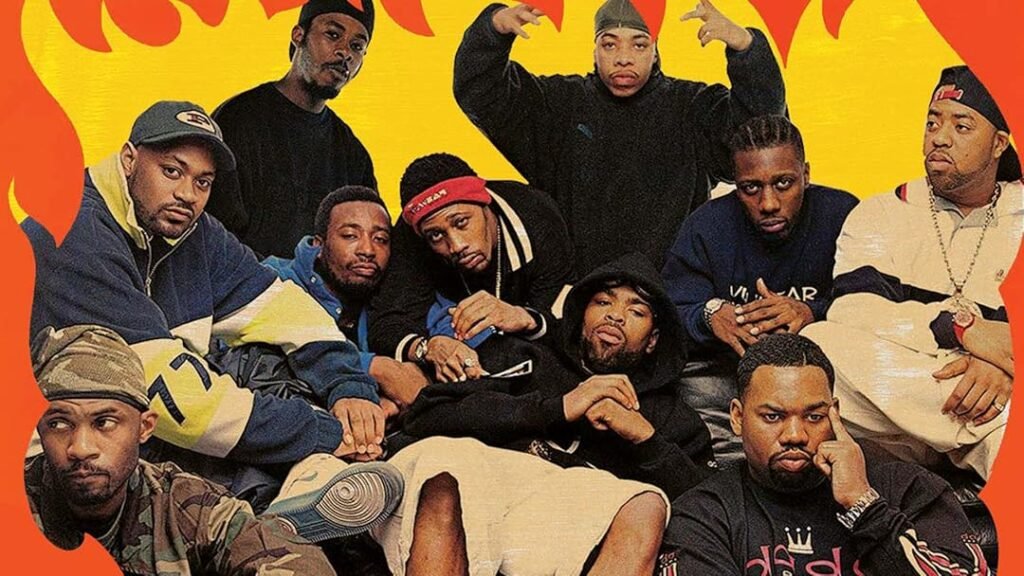
In the early 1990s, a group of nine MCs from Staten Island and Brooklyn came together to form a hip-hop collective that would flip the entire rap game on its head. That group was the Wu-Tang Clan — gritty, raw, and unapologetically different.
Founded by RZA, the Clan was a carefully crafted vision. He brought together his cousins GZA and Ol’ Dirty Bastard, along with Method Man, Raekwon, Ghostface Killah, Inspectah Deck, U-God, and Masta Killa. Each member had a distinct voice, style, and lyrical weapon. But together, they were a force.
In 1993, they dropped “Enter the Wu-Tang (36 Chambers)”, an album that felt like it came out of nowhere — dark beats, kung-fu movie samples, and street poetry delivered with razor-sharp confidence. It didn’t sound like anything else, and it helped usher in a raw, underground East Coast sound that redefined the ‘90s.
Wu-Tang wasn’t just a group — it was a movement. They flipped the industry model: group first, solo careers second. Labels lined up to sign each member individually, but the Wu-Tang brand stayed strong at the center. Albums like “Only Built 4 Cuban Linx…”, “Tical”, and “Liquid Swords” became classics in their own right.
Through beef, legal troubles, personal losses (like the passing of ODB in 2004), and evolving times, Wu-Tang remained influential. They didn’t just change music — they built a business model, a mythology, and a global brand.
Even today, Wu-Tang is forever — not just as artists, but as icons of culture, resilience, and innovation.
